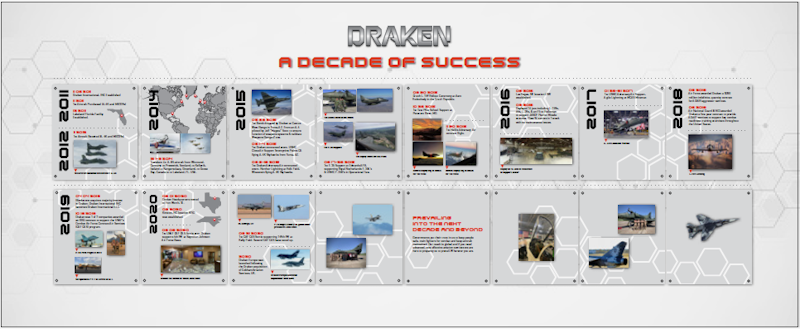 In a world driven by time, the concept of a timeline wall serves as a creative, functional, and thought-provoking way to visualize and interact with the flow of events. From historical analysis to personal storytelling, timeline walls have the power to transform abstract temporal ideas into a tangible, engaging experience.
In a world driven by time, the concept of a timeline wall serves as a creative, functional, and thought-provoking way to visualize and interact with the flow of events. From historical analysis to personal storytelling, timeline walls have the power to transform abstract temporal ideas into a tangible, engaging experience.
What Is a Timeline Wall?
A timeline wall is a large-scale visualization of chronological events displayed along a linear or spatial format. Imagine a wall in your home, classroom, office, or museum that doesn’t just hold paint or art but an organized representation of history, progress, or even future projections.
The idea behind a timeline wall is to provide a visually intuitive way to explore the passage of time. It can be a physical installation or a digital interface—each format offering unique advantages.
Creative Applications of Timeline Walls
1. Historical Timelines
Timeline walls are commonly used in educational and museum settings to chart significant events, from world history to cultural milestones. By condensing complex stories into visual narratives, they help visitors grasp how past events unfolded and connect to the present.
For example:
A museum could create a timeline wall showcasing human technological advancements, starting with the invention of the wheel and moving toward artificial intelligence.
A school classroom might display an interactive wall with movable pieces to help students explore key historical eras.
2. Personal Storytelling
Timeline walls can also be personal. Families might use them to chronicle their genealogy or significant life events, such as birthdays, weddings, or milestones. Businesses can chart their company’s evolution, highlighting major achievements and growth over time.
Imagine stepping into an office lobby and seeing a beautifully designed timeline wall showing how a small startup grew into an international corporation—an instant way to tell a compelling story.
3. Planning and Future Projections
On the flip side, timeline walls can look forward as much as backward. Companies and individuals can use them to map out goals, projects, or speculative futures. Architects might use timeline walls for construction projects, while writers could use them to plot intricate storylines.
4. Artistic and Creative Installations
Some timeline walls go beyond functionality to become art pieces. Artists can create abstract versions that mix data, images, and symbolism to explore themes like memory, progress, or even dystopian visions of the future.
Key Features of a Successful Timeline Wall
Creating a meaningful timeline wall requires thoughtful design and consideration. Here are some ideas to make it impactful:
Clarity and Simplicity: Events should be easy to follow, with clear labeling and a consistent flow.
Visual Appeal: Use graphics, colors, and textures to make the timeline engaging and immersive.
Interactivity: Incorporate touchscreens, movable elements, or AR/VR features to make it dynamic.
Storytelling: The timeline should tell a coherent story. Highlight significant turning points and connections between events.
Inclusivity: Ensure the timeline includes diverse perspectives and voices, particularly when covering historical events.
 Examples of Timeline Walls in Action
Examples of Timeline Walls in Action
Interactive Museum Exhibits
Many museums now incorporate digital timeline walls where visitors can tap on events to learn more through videos, images, or detailed articles.
Corporate Milestone Walls
Offices often use timeline walls to showcase achievements, such as award wins, product launches, or expansion milestones. These can inspire employees and impress visitors.
Home Design
Families can create a decorative timeline wall featuring framed photos or memorabilia to celebrate their shared journey.
Future-Focused Walls
Startups and innovation labs can design futuristic timeline walls to outline speculative roadmaps, including goals and “what-if” scenarios.
The Power of the Timeline Wall
The timeline wall is more than just a visual aid; it’s a tool for connection and understanding. By anchoring stories and ideas in a linear or spatial framework, it makes abstract concepts more relatable and human.
Whether it’s tracking humanity’s evolution, mapping out a project’s progress, or telling a deeply personal story, timeline walls serve as a bridge between time and people. They remind us of where we’ve been, where we are, and where we hope to go—a perfect blend of history, context, and aspiration.
So, what timeline would you create? Whether it’s personal, professional, or imaginative, a timeline wall could be the perfect way to bring your story to life.
